Adm. Samuel Paparo has served his country from a variety of locales during his nearly 40 years in uniform, from the cockpit of a fighter jet to boots on the ground in the most contentious corner of Afghanistan.
But the commander of U.S. Pacific Fleet — and the White House’s pick to be the next head of U.S. Indo-Pacific Command — arrived on civilian America’s radar in March during an interview aboard the aircraft carrier Nimitz in the West Pacific for the “60 Minutes” news program.
Paparo played the role of the steely, squared-away military leader. He answered questions diplomatically, but with conviction. He noted how China’s military mustered just 37 vessels in the early 2000s and that Beijing now has a fleet of 350 ships.
Asked what his fleet would do should Beijing invade Taiwan, Paparo said that was a decision for his civilian bosses in the White House and Congress.
But when asked if the Navy was ready for such a fight if ordered to do so, he answered in the affirmative.
“I’ll never admit to being ready enough,” Paparo added.
The Pentagon has in recent years made getting ready for such a fight its main priority, and President Joe Biden’s nomination of Paparo to lead the potential battlefront against China further reinforces that priority.
Earlier this summer, news emerged that Defense Secretary Lloyd Austin had sent the admiral’s name to the White House to become the next chief of naval operations.
But instead, the Biden administration has nominated Adm. Lisa Franchetti, the current vice chief of naval operations, to become the Navy’s next top officer.
In a war with China, the Navy would not only be the tip of the spear, but most of the spearhead in a largely maritime conflict.
As PACFLEET commander, Paparo has wielded that spear since 2021.
He still needs to be confirmed by Congress, a normally rote procedure that has been frozen for months by Sen. Tommy Tuberville. The Alabama Republican imposed a blockade of military confirmations in February to protest the Pentagon’s new policy providing leave time for troops to travel to receive abortion services if they’re stationed in states where it’s now illegal.
RELATED
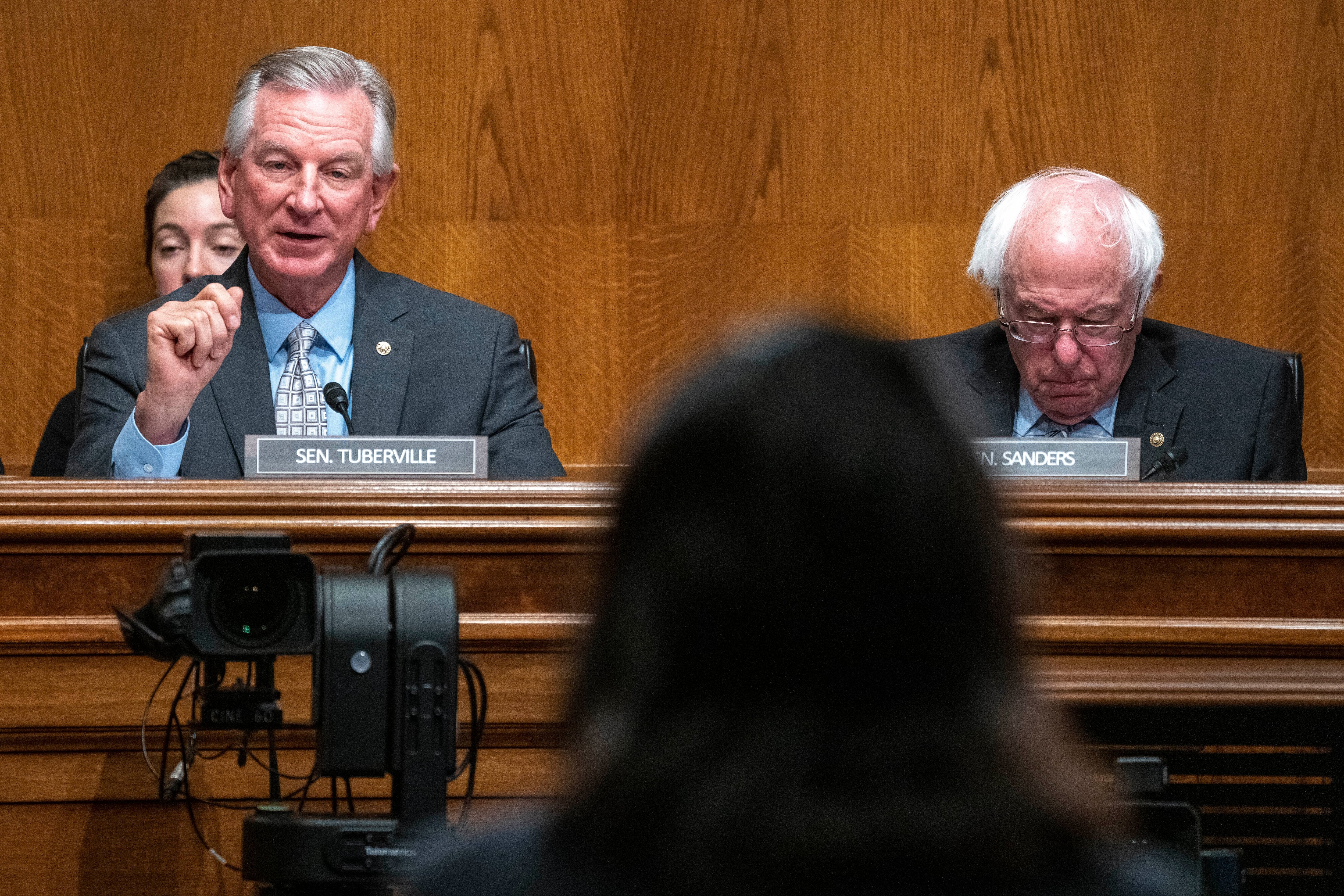
Keeping Paparo in the West Pacific also continues a longstanding tradition of having an admiral in charge of INDOPACOM or its predecessor, U.S. Pacific Command, dating back to the joint command’s creation in 1947.
And the path to INDOPACOM command has run through the Navy’s Pacific Fleet.
In addition to his experience in the Pacific, Paparo has shown creativity and innovation while leading PACFLEET, according to Bryan Clark, a retired submariner and senior fellow at the Hudson Institute think tank.
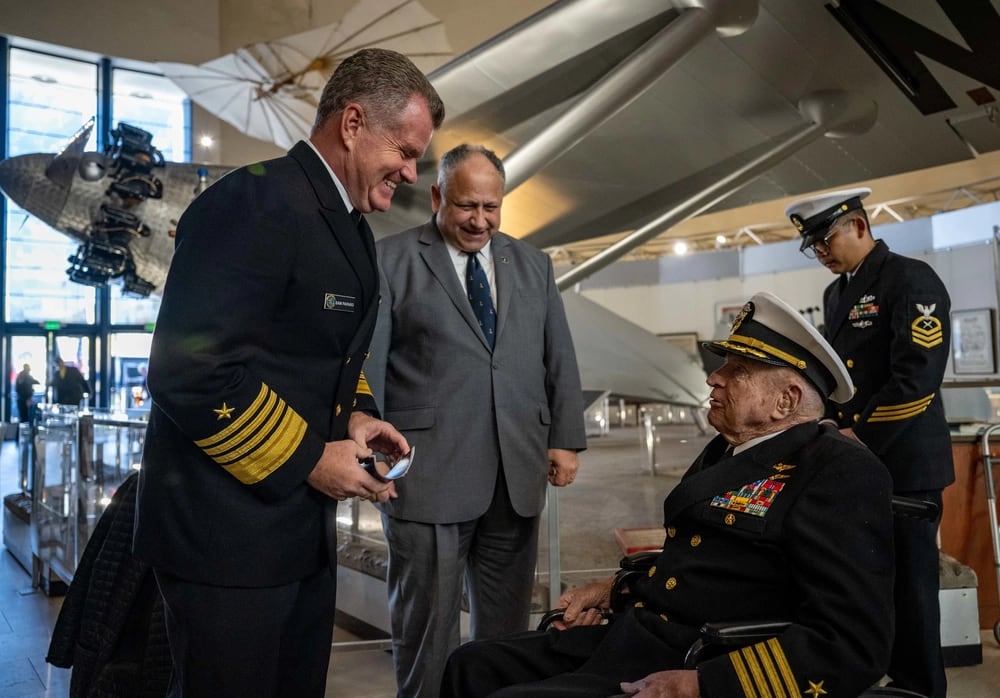
“During the last couple years, he has been leading impressive concept development and experimentation efforts in the Pacific to develop new approaches for deterring China,” Clark said in an email.
Many of those efforts are sensitive or classified, Clark added, but he pointed to an Integrated Battle Problem in May that took place under Paparo’s watch and involved integrating sea and air drones.
“Paparo’s innovative approaches to operational problems can now also be applied to (Indo-Pacific) strategy,” said Clark, who recently authored a report on how the Defense Department can further deter Chinese aggression. “Paparo’s ideas for how to deploy and evolve naval forces to influence Chinese military plans could be applied more broadly across all the INDOPACOM components.”
Paparo also has “a great reputation as a strong leader,” according to Bradley Martin, a retired surface warfare officer who spent two-thirds of his 30-year career at sea.
“I’ve never heard bad things about his leadership style, and I’ve heard a lot of good things about it,” he added.
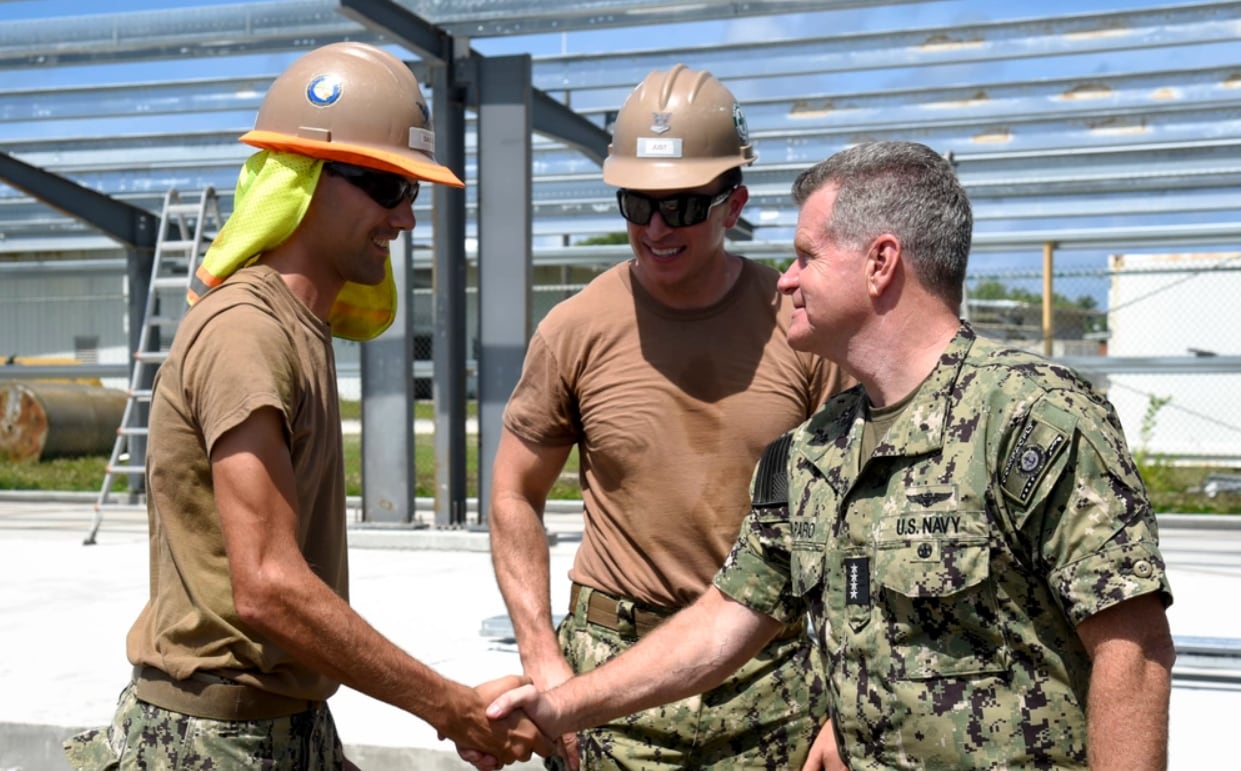
The path to INDOPACOM
Paparo is the son of an enlisted Marine and the grandson of an enlisted sailor who fought in World War II, according to his command biography.
A naval aviator by trade, the Pennsylvania native received his commission in 1987 after graduating from Villanova University in Philadelphia.
RELATED
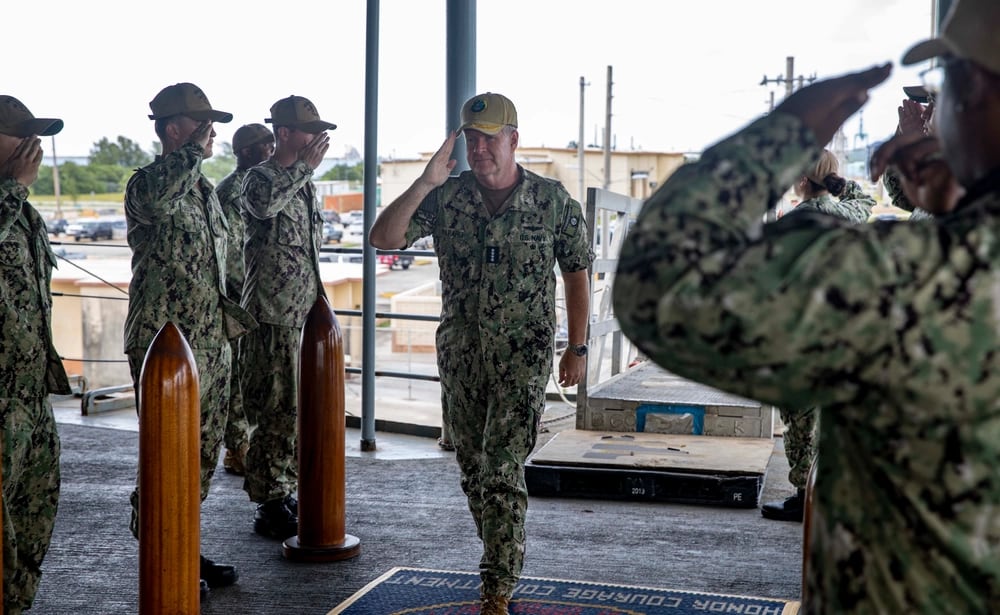
A TOPGUN graduate, Paparo has logged more than 6,000 hours flying the F-14 Tomcat, the F-15 Eagle and the F/A-18 Super Hornet and has 1,100 carrier landings under his belt.
While he has spent recent years focused on planning for America’s next potential war, he spent time on the ground in Afghanistan, America’s longest war and the military’s focus for much of this century.
As a fighter pilot, he took out a surface-to-air missile site in Kandahar during the invasion of Afghanistan in October 2001.
Then-Cmdr. Paparo went on to command a provincial reconstruction team comprising more than 100 troops in Nuristan province, a remote and restive area near the Pakistani border, in 2007.
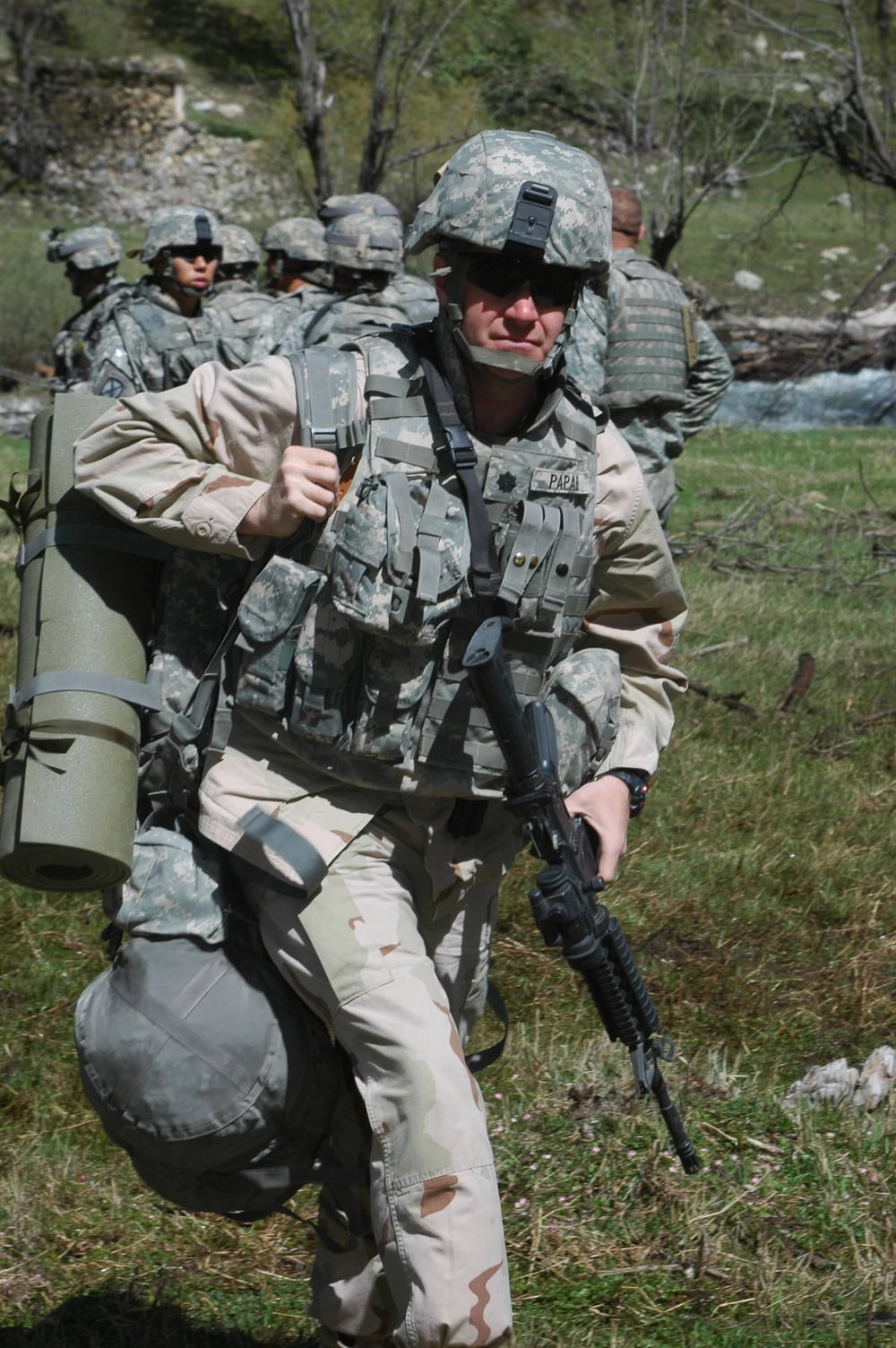
Nuristan was also the site of the Battle of COP Keating in 2009, when a small number of U.S. soldiers repelled an attack by 300 Taliban.
Paparo popped up briefly in “The Outpost,” a book about COP Keating written by CNN anchor Jake Tapper.
Paparo was helping lead counterinsurgency efforts in the province, and Tapper’s book shows the future admiral playing diplomat between warring local factions.
The book portrays Paparo as having bought-in on the “hearts and minds” focus of counterinsurgency and wary of any actions that risked alienating the locals they were trying to win over.
At one point, according to the book, Paparo found himself stuck in the middle of two warring tribes.
He was trying to calm the feuding clans and achieve stability to a level where UN workers could come in and begin development projects, the same mission that so many U.S. officers in Afghanistan wrestled with for 20 years.
He commanded U.S. 5th Fleet in the Middle East from August 2020 to May 2021, then assumed command of U.S. Pacific Fleet.
As commander of PACFLEET, he has overseen the Navy’s controversial Red Hill fuel storage facility spill in Hawaii, which polluted the tap water of military members and civilians alike and forced a shutdown of the vital fuel hub.
During a press conference announcing the findings of a Navy investigation into the fuel spill, Paparo recommended that the Navy review its operations at 48 other fuel storage facilities worldwide and added that the sea service needs “to get real with ourselves” and be “honest about our deficiencies.”
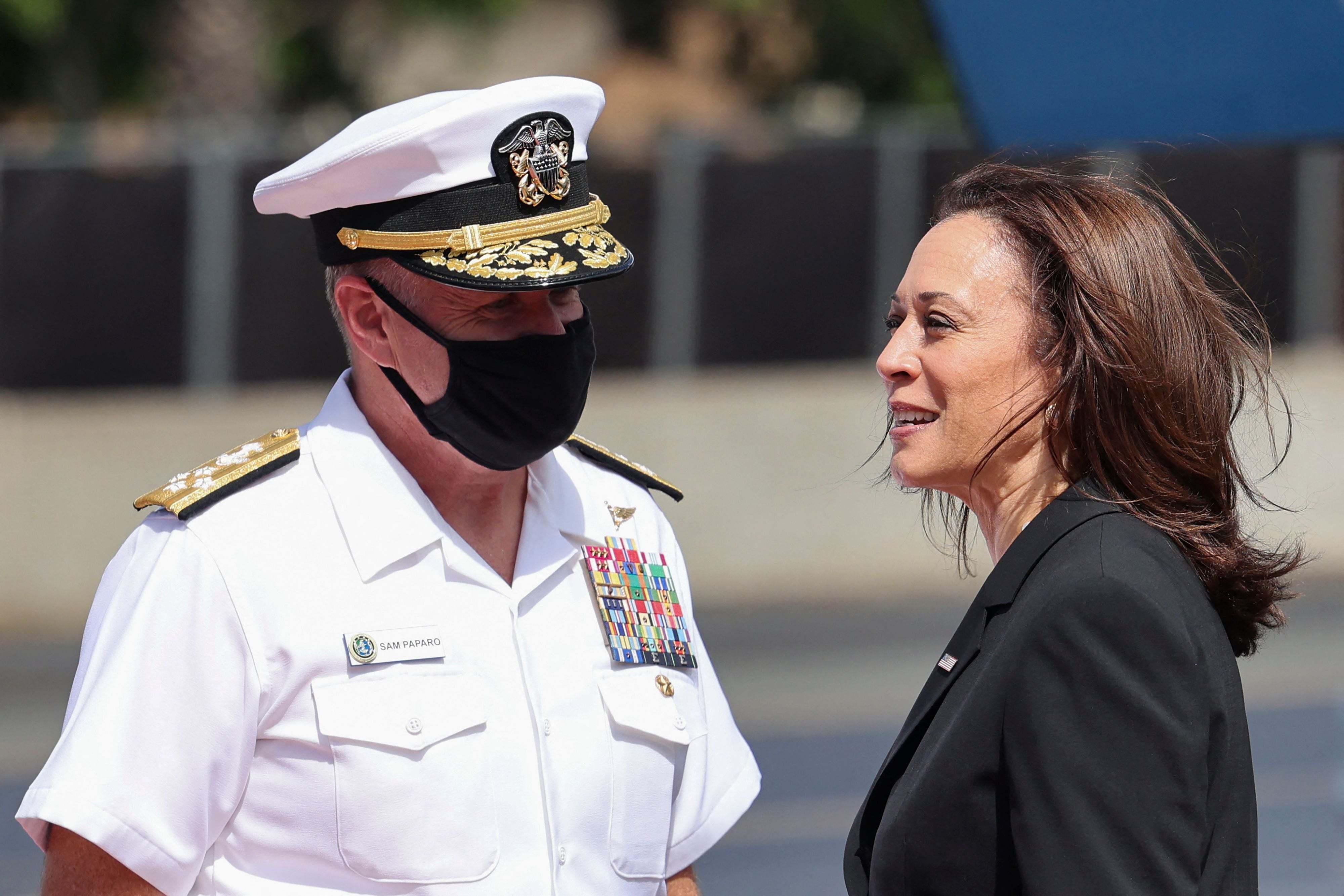
“We cannot assume Red Hill represents an outlier, and similar problems may exist at other locations,” Paparo wrote in the investigation.
One of the plaintiffs’ attorneys in a Red Hill lawsuit, Kristina Baehr, told Hawaii Public Radio this summer that Paparo shares blame for the water contamination and the Navy’s botched response to the crisis, which initially involved telling military families that tainted tap water was safe to drink.
“That happened on his watch,” Baehr told Hawaii Public Radio. “He is personally responsible for the Navy’s failure to warn 93,000 people that their water was toxic.”
Geoff is the managing editor of Military Times, but he still loves writing stories. He covered Iraq and Afghanistan extensively and was a reporter at the Chicago Tribune. He welcomes any and all kinds of tips at geoffz@militarytimes.com.




